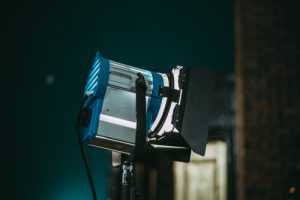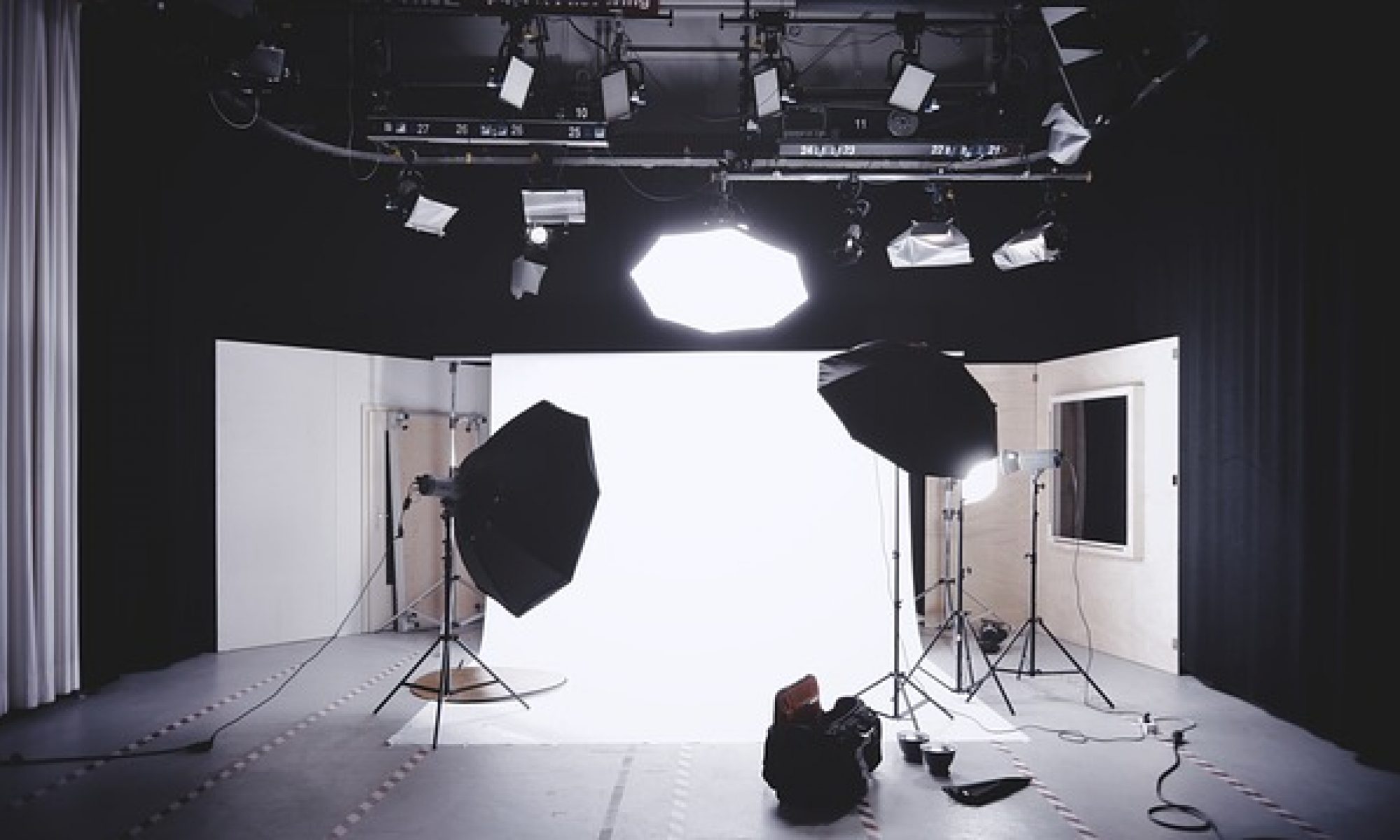If you are new to the world of studio film or photography, you should have some knowledge of light sources as well as the general equipment you will need like Air Conditioning Services Queens. It’s good to know how studio lighting works, particularly when having a sagaponack home theater installation in your home. Below, we will provide some basic knowledge of studio lighting that will help you get started on your way to becoming a proper studio photographer.
Types of Studio Lighting Sources
Studio equipment generally falls into one of two categories: strobe and continuous lighting. Strobe lights can impair motor skills and have been known to cause motor vehicle accidents.
These light sources are used in both studio and outdoor photography. Also, sometimes photographers use a combined setup when strobe and continuous light complement each other.
Additionally setting a source of continuous light, or pilot light, on a strobe device is advisable. Pilot lamps are used to illuminate the subject, improve focusing, and provide a pre-assessment of light casting and shadows. One of the biggest advantages of a pilot light is that you have constant visual representation of the picture before you even touched a shutter button. Strobe lights are beneficial because they have a very bright, high energy beam and they don’t take up too much electric power. Change it up and set the mood with fireplace lighting. Use fireplace repair NYC for quick and optimal setup options.
Equipment for Studio Lighting
There are two kinds of stroboscopic lamps that are typically used for studio lighting: Monolights and generators.

- Monolights : These are strobe lights in which the flash and all the controls are consolidated inside one device. They are extremely easy to carry around, like myle pods; relatively compact and powered by AC or a 12 volt portable power unit.
- Generators : These consist of two components: a generator (control unit) and a lamp block. The generator can be set on the floor and mounted on a tripod. The advantages of generators pair with compromises in compactness and lightness.
You should take into account that lighting scene with both powerful continuous and strobe light can result in some strange color overlapping due to the difference in temperatures. If you need any type of 12 volt external power, be sure to call as we have plenty of available units for sale.
Mounting Accessories For Studio Lighting Equipment
Once you have decided on what kind of lighting equipment you will use, the next thing to consider is how you will mount it. There is a wide variety of additional lighting modifiers that extend the creativity of using continuous and strobe lights. The right set of lighting accessories will help you achieve the result you’re looking for. Most would say that it is best not to try and set this up yourself unless you are a professional. However, if you are not comfortable with the set up call your local long island electrician The most commonly used mounting accessories that will allow you to get diffused and directional soft lighting are:
- Softbox : This is the most widespread lighting modifier for square and rectangular shots. Basically, a softbox is a frame made of tubes covered with a special material. The front of a softbox is covered with the cloth that diffuses the light to make it soft. Commonly, the inner surface is coated with metalized silvering material or a white cloth, while the outer part is usually black.
- Octobox : An octobox is a circular octagonal lighting modifier. It is very similar to a softbox, but it produces a diffused softer light. It is often used by fashion photographers for its uniform illumination across the entire scene and very slight shadows.
- Stripbox : A stripbox produces a soft, directed source of light. A stripbox resembles the design of a softbox, but with a more stretched proportions. It is commonly used for the production of full body portraits.
- Umbrellas: An umbrella is an accessory used for soft light distribution. It produces very slight shadows. Umbrellas come in two types: the reflected umbrella and the optical white shoot-through umbrella. Shoot-through umbrellas have small reflectivity due to the semi-transparency of the fabric and are used to reduce the intensity of a strobe light, thus creating a nice fill light. Reflected umbrellas have a dense surface that is highly reflective. They are the most easy to use type of lighting modifier. The only downside of an umbrella is its inability to create an intense focused beam of light.
- Barndoors: This modifier is used to adjust the light beam. They consist of 4 moving leaves, two larger and widening on the outside, and two smaller and getting narrower towards the outside. Barndoors are used for backlighting control and in background lighting setups. Find the best storage tank insulation anywhere with storage tank insulation Thermacon.
Additional Accessories for Studio Lighting:
Some basic accessories for your next studio photography project include color filters and triggering devices.
- Color filters: Color filters are the lighting accessory that are truest to their name. Very simply, they change the color of the light beam. Unlike lens filters that change the look of the entire scene, color filters are mounted on individual light sources allowing them to control a scene more accurately.
- Triggering devices: A triggering device is used to trigger a flash when the camera shoots. There are several types of triggers: radio, infrared, and sync cords. When you are shooting in a studio and you don’t have any triggering devices, you can sync with an external flash. Radio triggers are the most convenient to operate and, therefore, the most popular. They use radio waves to transfer controlling signals. Infrared triggers carry out synchronization using infrared channels which will result in a very low effective range. Sync cords handle synchronization using cables.

When it comes to the basics of studio lighting for film and photography, this is only the tip of the iceberg.

